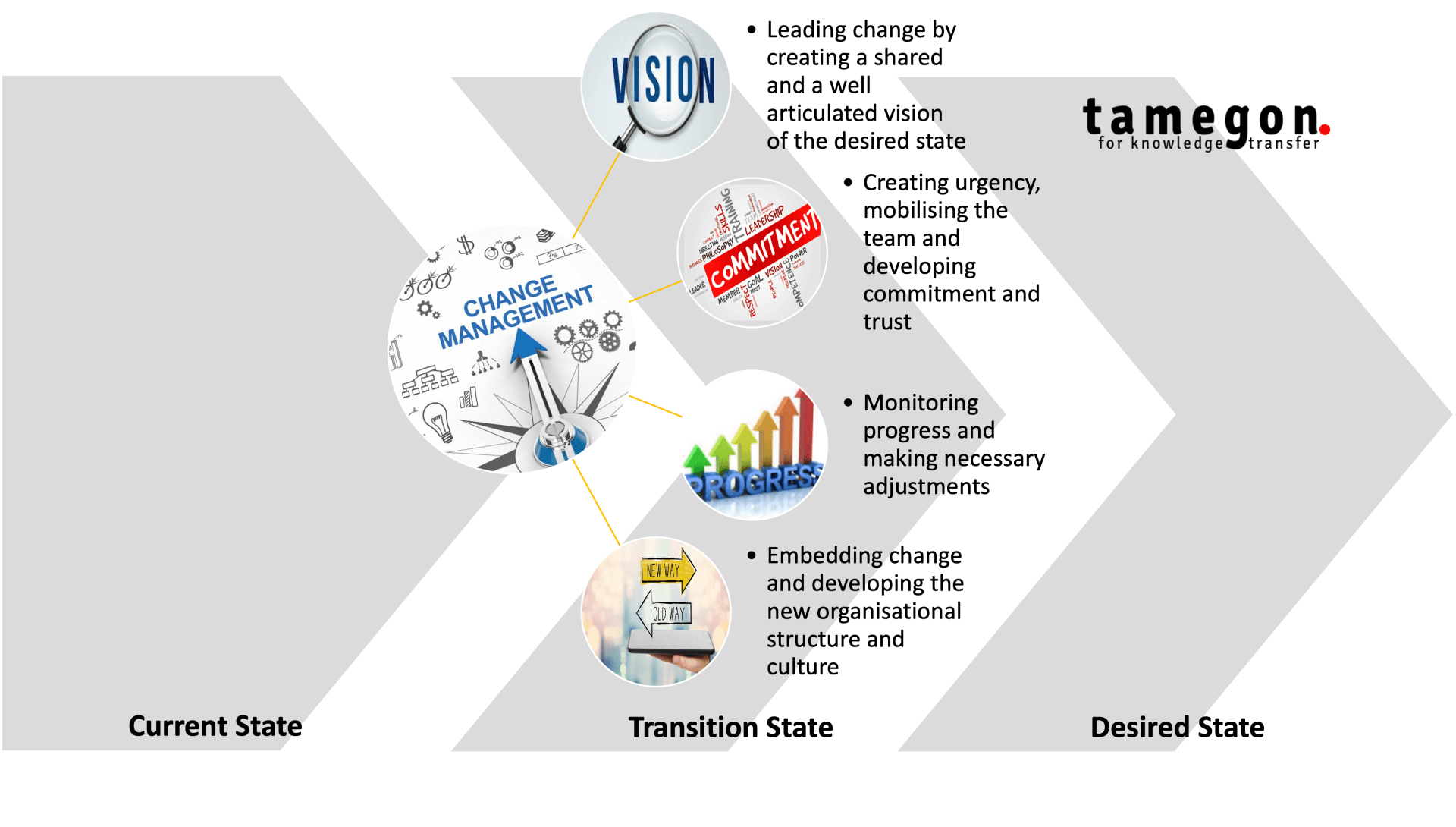What change management behaviours can the private sector learn from the public sector?
Dr Costas Chryssou
February 13, 2022
tamegon Innovation and Growth Advisory Firm
Although innovation is defined as “…the process of translating an idea or invention into a good or service that creates value (however defined) or for which customers will pay”, in the public sector innovation is less about new products and more about improving efficiencies and quality of interactions and outcomes.
Innovation in the public sector is less linked to technology and “product innovation” and instead is more about re-designing and streamlining internal organisational processes and structures leading for example to new approaches to serving the public – “client service innovation” – or new approaches to reaching out to the public – “engagement innovation” – or new methods for transforming and delivering information – “information innovation”.
The Publin report D20 [1] introduces the concept of innovation in the public sector as a “…deliberate change (in behaviour) with a specific objective in mind...”. Innovation and change share a common DNA and in the public sector innovation and change are linked to improvements and novelty in systems, processes and products that add value to the public by allowing them to be more efficient and effective. In other words, innovation in public sector organisations involves the successful implementation of change.

Innovation examples in the public sector include: the use of new technology (for example, currently a lot of efforts are being made worldwide towards digital transformation of the public sector); the drive towards public-centric processes with the view to deliver simpler services and greater convenience; or the empowerment of staff and the public to better engage and participate in the design and implementation of new policies/services. To enable all these innovations to be successfully delivered in the public sector organisations, we need effective change management methodologies and approaches.
So, based on the above context, what can the private sector learn from the experiences of the public sector about the challenges of changing organisational structures, processes and behaviours?
Many of the barriers to innovation are common to both the private and public sectors; resistance to change, risk adverse cultures, centralised structures, internal politics, etc. From my experience, some of the lessons learned from the public sector innovations are:
1. Promote collaboration and collaborative working cultures within and across divisions and departments by identifying clear accountabilities and mapping (sometimes even creating) the cross-organisational interdependencies that need to work in order for the desired outcomes to be achieved.
2. Beware that ‘fear of failure’ stifles innovation and change in organisations: in fact successful change organisations tolerate failure as part of learning, and growing change capability and move to a culture of ‘fail fast’ and embed lessons learned.
3. Articulate an all-encompassing vision of what the change initiative will accomplish and align all stakeholders behind the vision.
4. Capture all the expected benefits and the changes in the organisation that will realise the benefits and then establish the right metrics to monitor and track benefit realisation following the end of the change initiative.
5. Smart individual and group incentives are needed to instil the desired culture. The most successful of these are about recognition of efforts and achievements, rather than financial reward.
6. Finally, be careful what you measure and what you reward, as these will strongly influence and drive behaviours, sometimes in unintended ways.
[1] https://nifu.brage.unit.no/nifu-xmlui/bitstream/handle/11250/226575/d24-summary-final.pdf?sequence=

Costas Chryssou
MBA, PhD
Founder and Managing Director
Sign up for our
articles
Sign up to our newsletter











